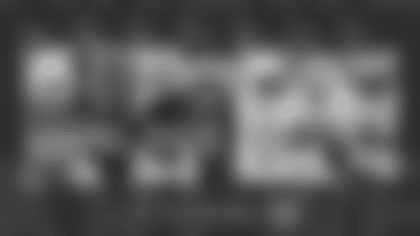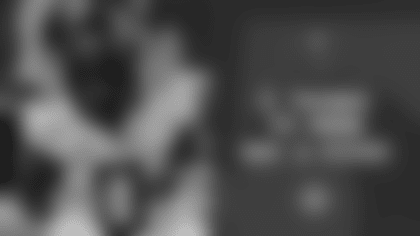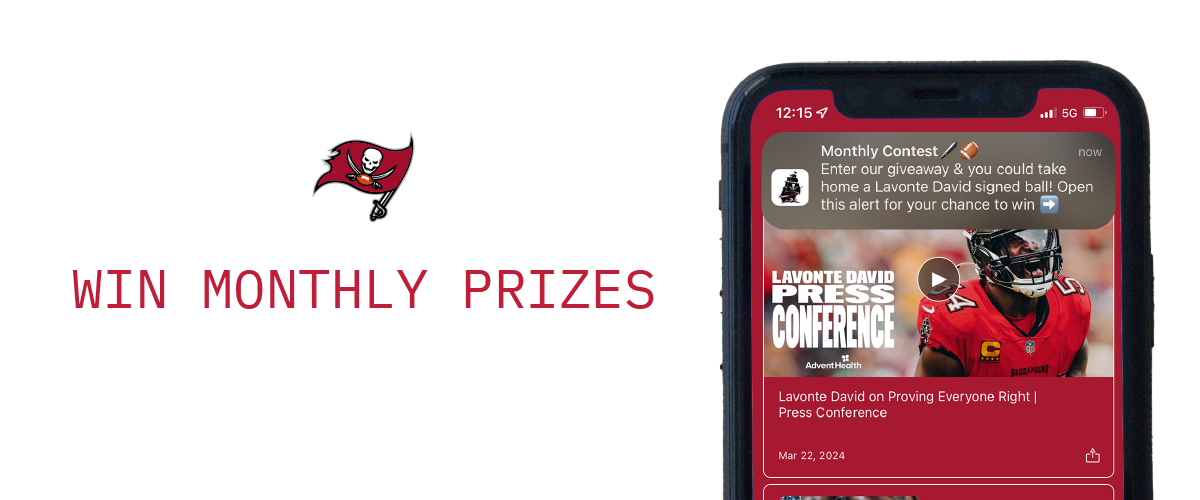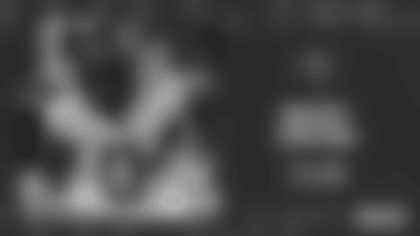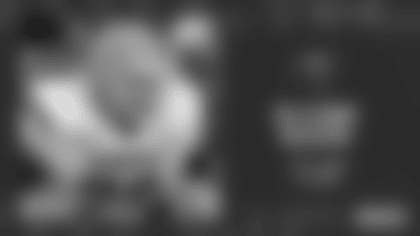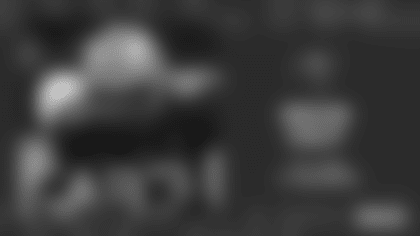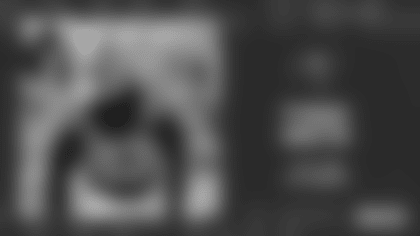The NFL tweaks its rulebook every offseason, and in most cases the changes are incremental and/or very specific to a certain action. For instance, this March the NFL added to the list of things that can be reviewed by reply, applying it to whether or not a passer is down by contact or out of bounds before throwing a pass. Another high-profile rule change in 2024 is the new ban on the hip-drop swivel tackle, which will involve two players and one strictly-defined technique.
Rarely does the NFL take a particular play in the game of football and blow it up, replacing it with something that will look nothing like what fans have watched for decades. In 1933, the NFL eliminated the rule that a passer had to be at least five yards behind the line of scrimmage to throw the ball forward, passing exploded in the following years and we were on our way to modern football.
In March, the NFL dramatically altered its rules as to how a kickoff and subsequent return will be handled. It may not have quite the effect of unshackling the quarterbacks did in 1933, but it will certainly look different and will likely have significantly different results throughout the league.
And, right now, what those results are going to be is a complete mystery.
Thomas McGaughey, the Buccaneers' new special teams coordinator, joined the Salty Dogs podcast this week, and as one of the 32 men in the NFL currently trying to take a sheet of written rules and turn it into a three-dimensional plan of attack, he knows he and his colleagues are far away from having all the answers.
"This is uncharted territory, and I think more than anything, we're all trying to feel our way through it," said McGaughey. "Personnel-wise, on the kickoff team, what kind of personnel do you use? Do you use bigger bodies? Do you use smaller bodies, kickoff return-wise? Can you put a bigger body in there at the point of attack? Can you get away with maybe putting a couple of defensive linemen in there, maybe an offensive lineman? Maybe not? Is it an inside-outside zone? Is it a double-double scheme at the point of attack? Is it double-and-trap? You're trying to figure out all these different things. Is it an old-school power play where you've got a lead blocker and a puller? It could be anything."
Here's a quick refresher on the new kickoff rules (and here's a more detailed rundown): Kicker still kicks off from his own 35, but he is alone at that spot. The other 10 players on the coverage team must have one foot on the return team's 40-yard line. Either nine or 10 of the players on the return team have to have one foot on their 35-yard line. None of those players can leave their spot until the kick is caught or hits the ground. If the ball comes down in the "landing zone" – between the goal line and the 20-yard line, it must be returned. If it is downed in the end zone it comes out to the 30. If it hits the ground before the landing zone it comes out to the 40. If it hits in the landing zone and then goes into the end zone for a touchback, it comes out to the 20.
McGaughey officially signed on with the Buccaneers on February 14, and in the two months since he and Defensive/Special Teams Assistant Keith Tandy have spent a not-insignificant amount of their time working on how to handle the new kickoff framework. One major problem: Virtually no tape to study. The NFL's new kickoff rule is based on a format the XFL used in a previous incarnation, so it's possible to take a quick look at how things unfolded in that league. However, there are significant differences in personnel and no way to know what strategies other NFL teams will adopt until games are actually played.
"You won't have any of the answers until you see it, because it's all about matching scheme," said McGaughey. "So as a kickoff coverage team, you've got to figure out what they're doing as a return unit, how they're personnel [is used], schematically what they're doing, who they have back there running. Is it a little guy? Is it a fast guy? Is it a big, strong physical guy? You have no idea."
Make no mistake, even if a complete overhaul of a play he coordinates adds to his workload, McGaughey is in favor of the new format. The NFL saw a total of 587 kickoff returns in 2024, or just over two per game, a grand total of four of which were returned for touchdowns. Those were both record lows for a season, and the end result of years worth of rule changes designed to make one of the league's most dangerous plays safer.
"I think overall it's just going to help the whole premise and really solidify special teams as being something that's extremely important," said McGaughey. "Everybody can talk about the three phases and playing complementary football – it's a real deal now. You really have to set your personnel, you have to make sure you're paying attention to it because if you don't it will show up on game day."
The league is filled with experienced and talented special teams coaches, all of whom are surely working just as hard as McGaughey and Tandy on this new puzzle they've been presented. Still, it stands to reason that, across the 32 teams, some will have more success in implementing return and coverage strategies than others. The new kickoff rule, in other words, is an opportunity for any particular team to have a new and sizeable advantage over an opponent.
Some teams may also do a better job of stocking the roster with the type of return men, blockers and tacklers who will excel in the new format. It's not immediately evident who those players are (although the Steelers' signing of Cordarrelle Patterson mere hours after the rule change was announced seems less than coincidental), but they are going to have more chances to stand out in 2024.
"I think it's just going to be one of those deals where each week people are just trying to figure it out," said McGaughey. "It's going to be a little different. It's going to be a little different but I think it's going to be good for the game, because it makes the play relevant again. We had last year with the 1,900 plays, whatever it was, and it looked bad. It could go from three or four [touchdowns] now to 14. So it's a real play now. And you have opportunities for the core [special teams] guys to make plays. So your guys that are running down and making tackles, instead of making eight, nine tackles in a year, they could make 25, which makes them more valuable."
Some strategies could even backfire in spectacular ways. During his Salty Dogs interview, McGaughey was asked about the viability of trying to hit line drive kicks that hit the ground in the landing zone and then skip into the end zone, since that leads to the touchback placement at the 20. McGaughey called that option "almost impossible," citing the potentially ugly results of the ball being mis-hit. If that's the case, it seems certain that teams will be targeting the landing zone, which will lead to a huge increase in the number of actual returns. And, as far as McGaughey – and probably a majority of NFL fans – is concerned – that will be a positive development.
"I think it's good overall for the game just to make it a real play again," he said.




